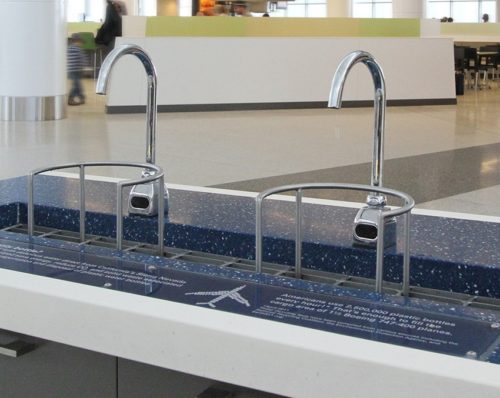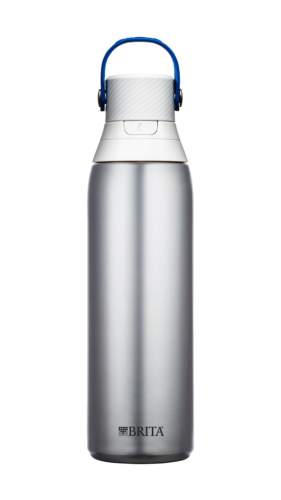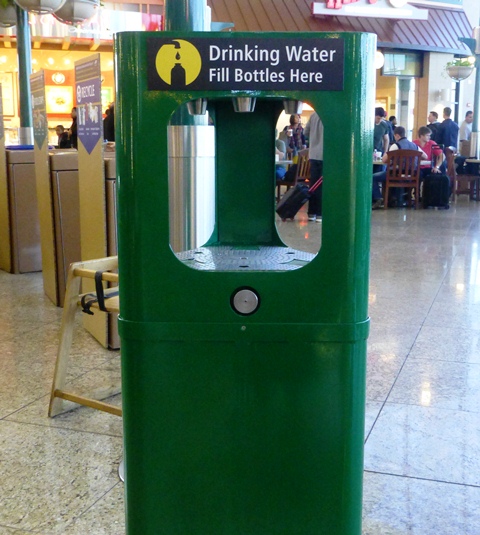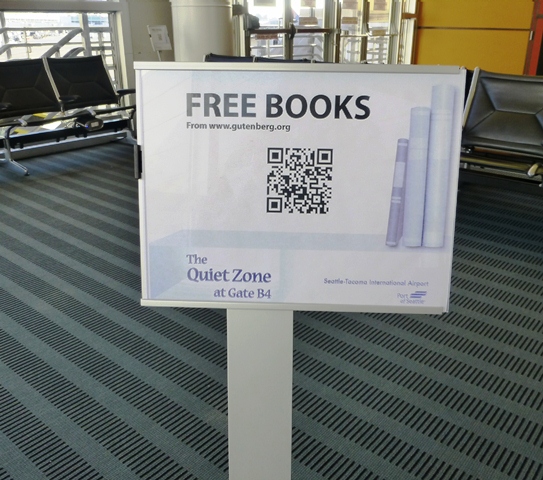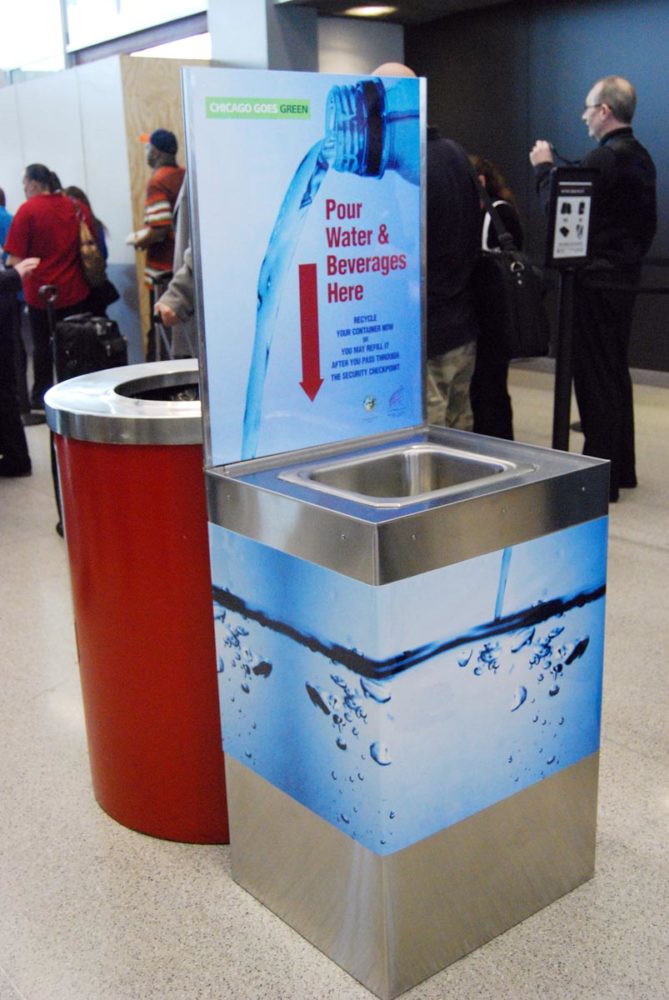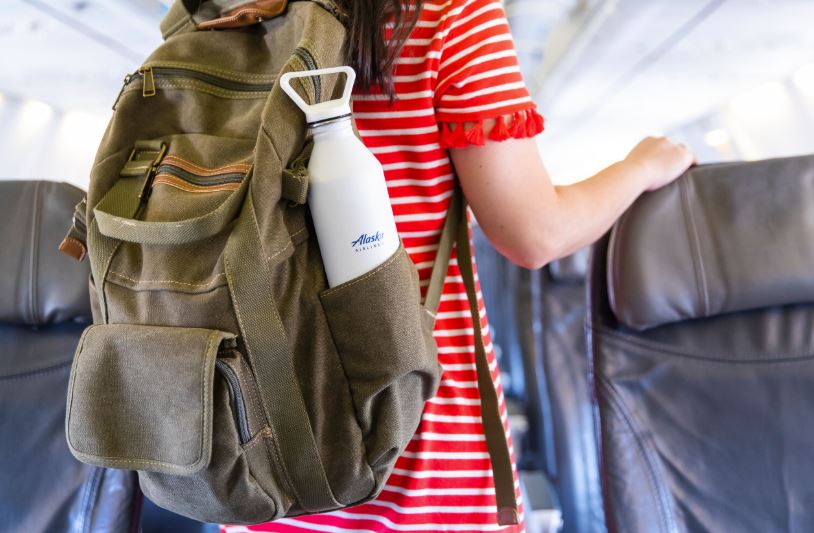
Today Alaska Airlines kicks off a campaign aimed at reducing the use of single-use plastics.
The secret weapon in the plan? You.
The airline’s #FillBeforeYouFly initiative is asking passengers to pitch in to reduce the use of single-use plastics inflight by bring their own water bottle and filling it up at the airport before they board.
To kick off the campaign, today Alaska will be giving out complimentary reusable water bottles in all 7 Alaska Airlines’ lounges and on select flights leaving Seattle and San Francisco International Airports.
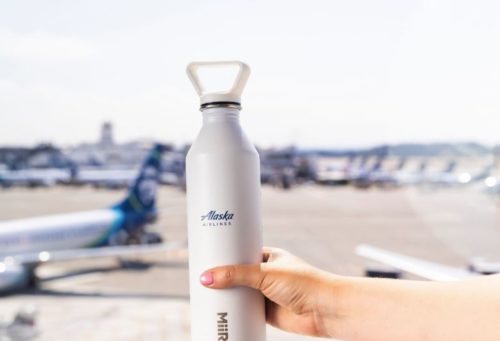
In addition, the airline says it will plant a tree for every passenger who brings a pre-filled water bottle onto their flight and posts a photo to social media tagging @AlaskaAir with the hashtag #FillBeforeYouFly.
“Our ultimate goal is to work together with our guests and employees to improve the health of our water by reducing plastic use,” said Diana Birkett Rakow, Alaska Airlines’ vice president of external relations. ““Land, water, and animals are incredibly special parts of the places we live and fly – and we’re in this for the long term.”
Alaska estimates that if just 10% of its passengers bring their own pre-filled water bottle when they fly and choose reusables, it could save more than 700,000 plastic water bottles and 4 million plastic cups per year.
This isn’t Alaska Airline’s first step towards helping to save the planet: in 2018, Alaska became the first airline to replace single-use, plastic stir straws and citrus picks with sustainable alternatives and the airline recently replaced bottled beer with aluminum cans, which are lighter and easier to recycle.
